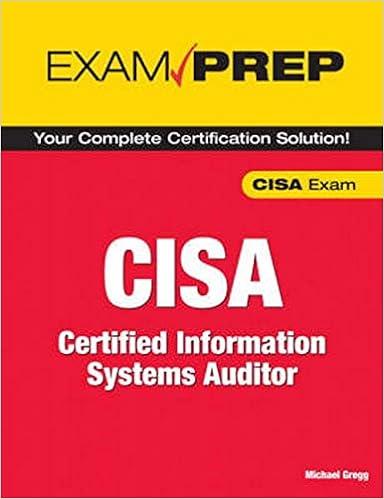


Maple Leaf Production manufactures truck tires. The following information is available for the last operating period. Maple Leaf produced and sold 94,000 tires for $49 each. Budgeted production was 98,000 tires. Standard variable costs per tire follow Direct materials: 4 pounds at $2.00 Direct labor: 0.45 hours at $21.00 Variable production overhead: 0.29 machine-hours at $15 per hour Total variable costs $ 8.00 9.45 4.35 $21.80 Fixed production overhead costs: Monthly budget $1,395,000 Fixed overhead is applied at the rate of $15 per tire. Actual production costs: Direct materials purchased and used: 388,000 pounds at $1.70 Direct labor: 40,500 hours at $21.30 Variable overhead: 28,000 machine-hours at $15.60 per hour Fixed overhead $ 659,600 862,650 436,800 1,405,000 Required: a. Prepare a cost variance analysis for each of the variable costs for Maple Leaf Productions. (Indicate the effect of each variance by selecting "F" for favorable, or "U" for unfavorable. If there is no effect, do not select either option.) Direct Materials Direct Labor Variable Overhead Actual costs Actual inputs at standard price Flexible budget Price variance Efficiency variance Cost variance b. Prepare a fixed overhead cost variance analysis. (Indicate the effect of each variance by selecting "F" for favorable, or "U" for unfavorable. If there is no effect, do not select either option.) Total fixed overhead cost variance c. (Appendix) Prepare the journal entries to record the activity for the last period using standard costing. Assume that all variances are closed to cost of goods sold at the end of the operating period. (If no entry is required for a transaction/event, select "No journal entry required" in the first account field.) View transaction list View journal entry worksheet X Debit Credit 1 Record entry for direct material costs payable and material variances. 2 Record entry for direct labor costs payable and labor variances. 3 Record the entry for variable overhead applied. 4 Record the entry for variable overhead payable. 5 Record the variable overhead variances. 6 Record the entry for fixed overhead applied. 7 Record the entry for fixed overhead payable. Note : = journal entry has been entered c. (Appendix) Prepare the journal entries to record the activity for the last period using standard costing. Assume that all variances are closed to cost of goods sold at the end of the operating period. (If no entry is required for a transaction/event, select "No journal entry required" in the first account field.) View transaction list View journal entry worksheet Debit Credit 5 Record the variable overhead variances. 6 Record the entry for fixed overhead applied. 7 Record the entry for fixed overhead payable. 8 Record the fixed overhead variances. 9 Record entry to transfer finished goods to inventory. 10 Record sales on accounts. 11 Record cost of goods sold. 12 Record the disposition of variances to cost of goods sold. Note : = journal entry has been entered









